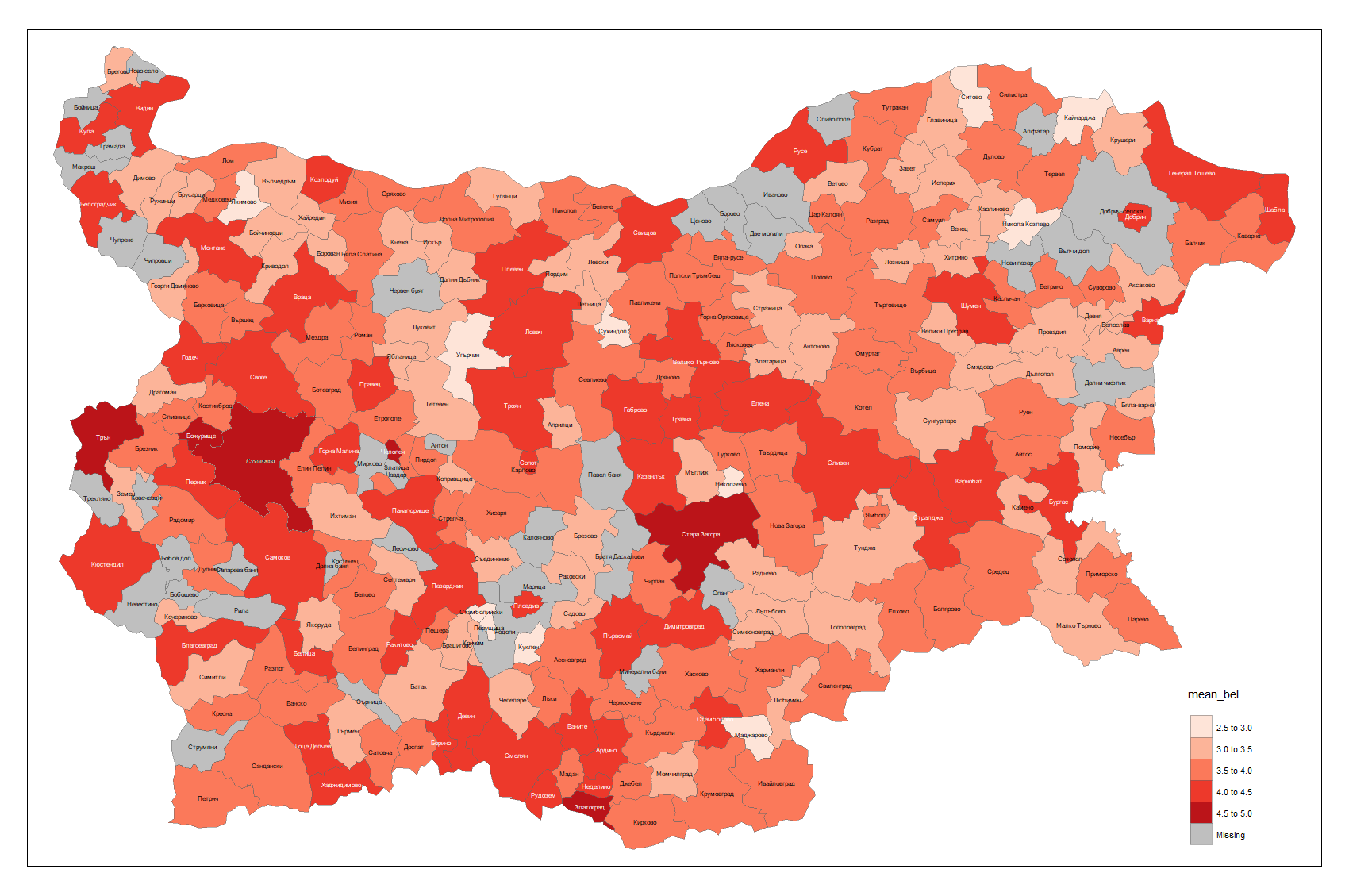The Labor Market in Sofia: Reviewing the Last Five Years and Looking at the Next Five
Sofia has been the champion of labor market development for the last five years - the capital has been among the fastest recovering municipalities since the economic crisis, and continues to create very new employment even against the backdrop of slowdowns in many parts of the country. In this presentation, we simultaneously look at the individual indicators included in the broader analysis and the projections for their future development.


